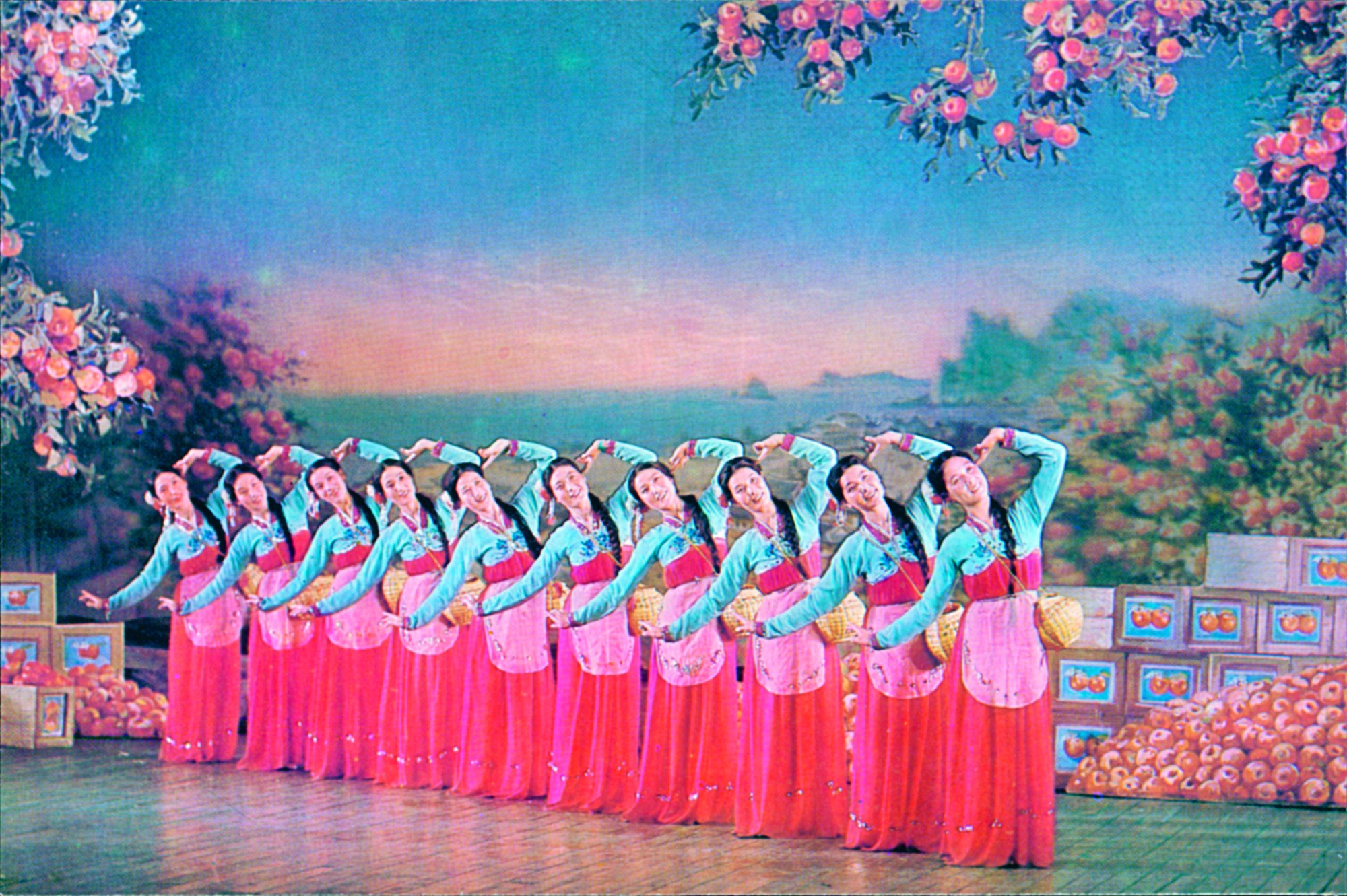An interest in Chinese architecture led me east to Beijing in 1993 – initially on a study trip from the UK (which has now lasted nearly 25 years, with no sign of ending). This transition was eased by the fact that my friend Josh Green was working in Beijing and North Korea, establishing the offices of the TNT courier company. In late 1988, Josh had studied Chinese in Beijing with North Korean students. Finding himself in Pyongyang in 1993, he bumped into one of his old pals who was now working for the fledgling tourism business. Despite officially existing since 1953, this industry had only opened to Western tourists in 1987 and thus far only a trickle of adventurous souls had made it in; it’s fair to say their business was not booming. Our Korean friend requested that Josh help him out by bringing in some tourists – any tourists, please! The two of us, together with five friends, thus headed off for the first Koryo Tour in autumn 1993.
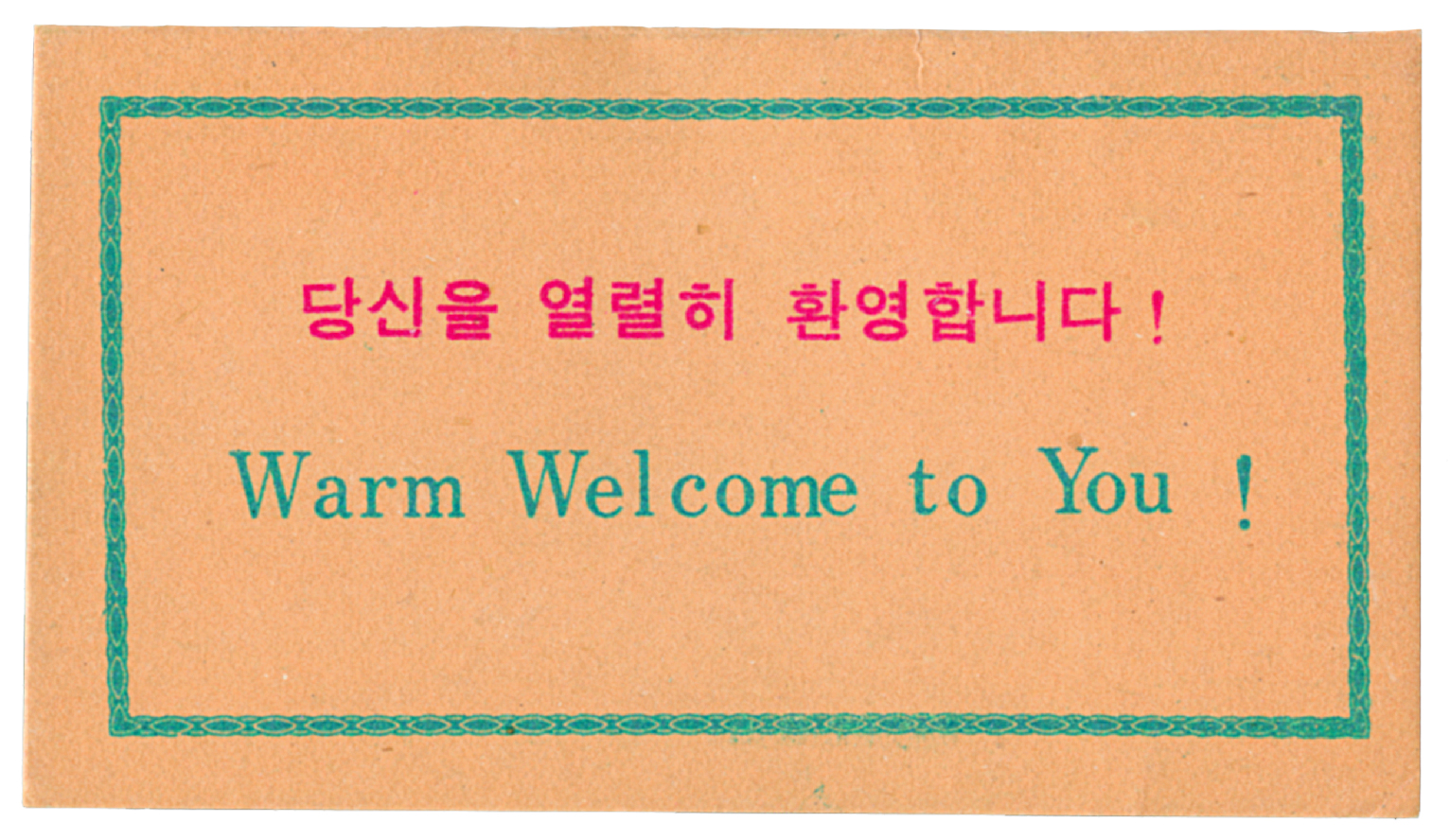
Pyongyang was, and remains, a more beautiful capital than Beijing. It is a planned city that sprung up following the devastation of the Korean War (1950–53) – locals say that only three buildings were left standing. The Taedong River and its tributary the Potong River run through the city and, together with various parks, give Pyongyang an admirably high proportion of green space. Early Soviet-style utilitarian apartment blocks and more modern prestige streets were interspersed with peculiar and original public buildings: theatres, gymnasia, cinemas and libraries, all with quirky but wonderful interiors. I had more questions than answers, and it only dawned on me on return to Beijing just how unusual it had all been.
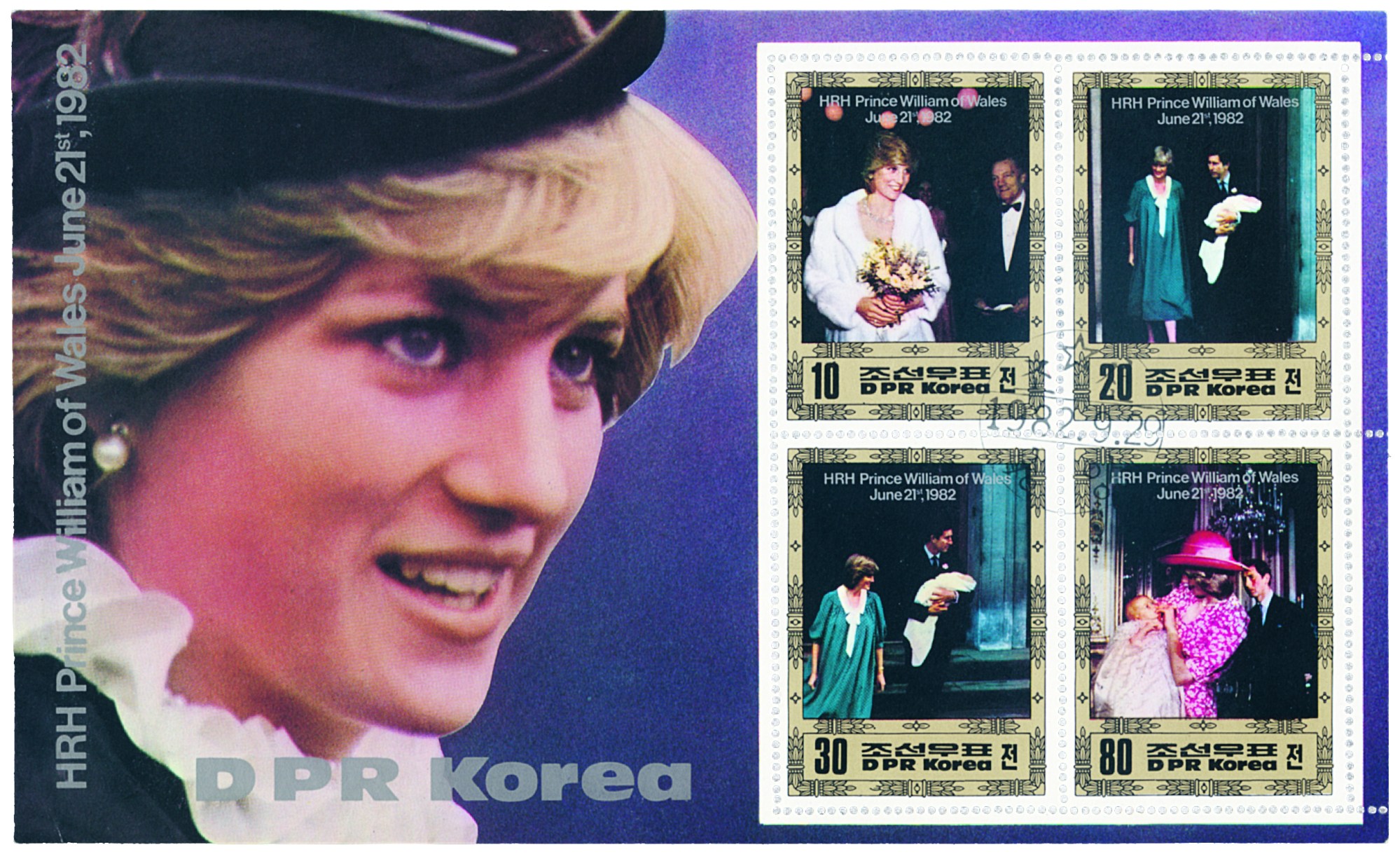
I was charmed and simply taken by the graphic design elements of the products there. In the West, advertising and branding trigger emotional rather than rational responses so powerful that you believe your purchase will help improve your life, make you more attractive, fitter, happier, more productive. The inference behind the ephemera I collected seemed more naïve, more sim- plistic, often using a graphic image to replicate what is contained within the packaging. There is almost no Western-style advertising in North Korea – and what little exists is habitually referred to as ‘promotion’. Backlit panels that elsewhere push shampoo and carbonated drinks have been used in Pyongyang from 2006 to illuminate propaganda posters – different message, same medium. Until recently there were no advertising hoardings, no television advertising, no internet (still true, although there is an intranet that people can access on smartphones and in libraries). The first billboard was for a joint venture car company that erected adverts in five places in Pyongyang in the early 2000s. To this day they remain the only ones in the city, but at times have used implied celebrity endorsements by having a photo of a famed singer or sports person included in the billboard.
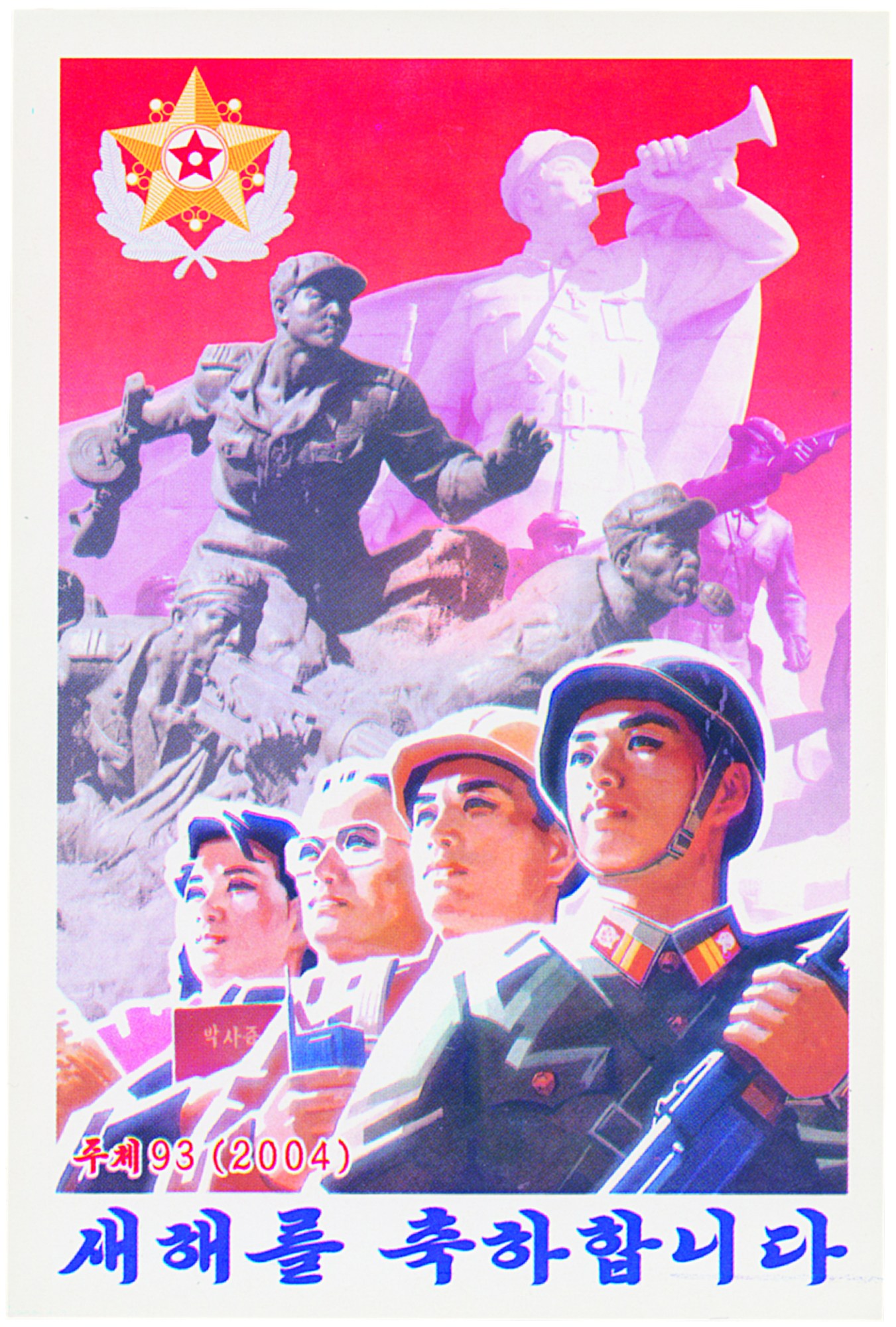
These graphic objects were mainly picked up on the tourist route – around Pyongyang, and on trips to the west and east coasts, the stunning volcanic Mount Paekdu in the remote far north, and the historic city of Kaesong in the south. I have made occasional walks around the city unaccompanied (but with the guides’ knowledge), although not standing out is difficult in a city with almost no foreigners and no entry permitted to most local shops. In general the ephemera can be called ‘found objects’, something that any visitor would come into contact with.
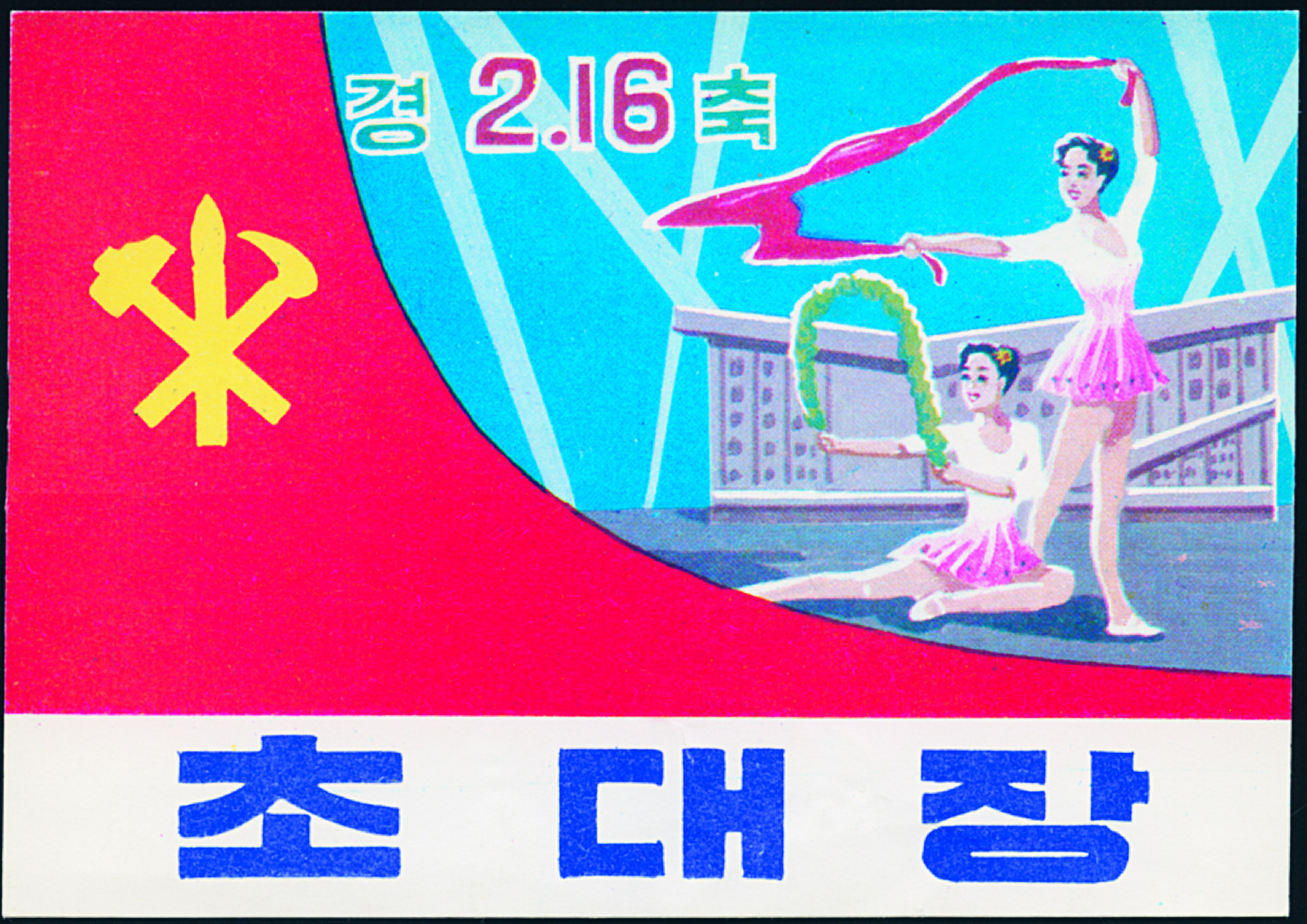
Made in North Korea: Graphics from Everyday Life in the DPRK by Nicholas Bonner is published by Phaidon 2 October 2017.
